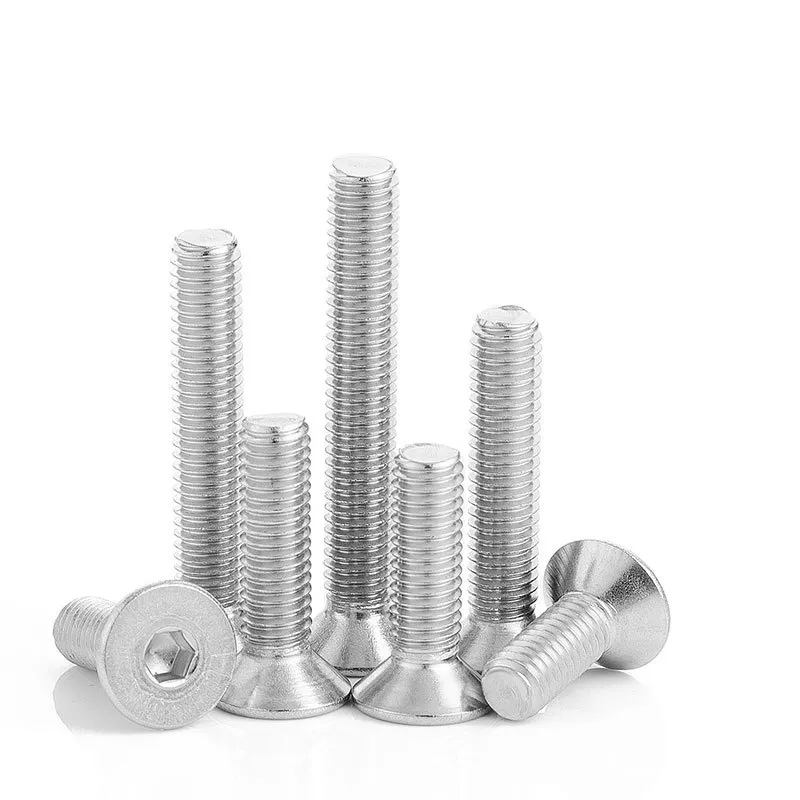

Understanding the Applications and Benefits of Double Ended Stud Bolts in Industrial Settings
Jul . 27, 2024 14:11 Back to list
Understanding the Applications and Benefits of Double Ended Stud Bolts in Industrial Settings
Understanding Double-Ended Stud Bolts An Overview
Double-ended stud bolts are essential components in various industrial applications, serving as fasteners that allow for a secure and reliable connection between two or more parts. Unlike standard bolts, double-ended stud bolts are threaded on both ends, with a smooth body in the center. This unique design provides several advantages, making them an invaluable component in many engineering and construction projects.
Design and Structure
The basic design of a double-ended stud bolt consists of a length of threaded rod with threads extending from both ends. The central portion is typically non-threaded, allowing for easier handling and installation. The threads can vary in diameter and pitch, depending on the specific requirements of the application. Some bolts may feature different thread sizes on either end, which adds flexibility in connecting various components. This adaptability is one of the reasons why double-ended stud bolts are widely used in diverse sectors.
Materials and Coatings
Double-ended stud bolts can be manufactured from various materials, including carbon steel, stainless steel, and alloy steel. The choice of material often depends on the operating environment and the mechanical properties required, such as strength, corrosion resistance, and temperature tolerance. Additionally, these bolts can be treated with various coatings, such as zinc plating or epoxy, to enhance their durability and protect them against environmental factors like moisture, chemicals, and oxidation.
Applications
double ended stud bolt

The applications of double-ended stud bolts are vast and varied. They are commonly found in construction, automotive, and manufacturing industries. In the construction sector, they are used for securing metal beams, connecting structural elements, and in pre-tensioning applications. In automotive manufacturing, they play a crucial role in engine assembly, where they help hold components together with precision and strength.
Moreover, double-ended stud bolts are frequently used in piping systems to connect flanges, supporting the weight of the piping and ensuring a leak-proof seal. They are also employed in machinery assembly, where robust connections are necessary to withstand the vibrations and forces generated during operation.
Advantages
One of the primary advantages of using double-ended stud bolts is their ability to provide a strong and stable connection. The threaded ends allow for easy installation and removal, making them a practical choice for applications requiring frequent maintenance or adjustments. The design also allows for high clamping force without significant elongation, which is critical in high-pressure applications.
Additionally, their versatility means that they can be used in a variety of configurations, accommodating different sizes and types of components. This adaptability simplifies inventory management for manufacturers and contractors, as fewer fastener types may be needed to complete various projects.
Conclusion
In conclusion, double-ended stud bolts are a vital part of modern engineering and construction. Their unique design, coupled with the ability to be manufactured from various materials and coated for additional protection, makes them suitable for a wide range of applications. Understanding their benefits and functions is essential for engineers and construction professionals alike, ensuring that projects are executed with precision and reliability. As industries continue to evolve, the demand for efficient and effective fastening solutions like double-ended stud bolts will undoubtedly remain strong.
Latest news
-
High-Strength Hot Dip Galvanized Bolts - Hebei Longze | Corrosion Resistance, Customization
NewsJul.30,2025
-
Hot Dip Galvanized Bolts-Hebei Longze|Corrosion Resistance&High Strength
NewsJul.30,2025
-
High-Strength Hot-Dip Galvanized Bolts-Hebei Longze|Corrosion Resistance&High Strength
NewsJul.30,2025
-
Hot Dip Galvanized Bolts-Hebei Longze|Corrosion Resistance&High Strength
NewsJul.30,2025
-
Hot Dip Galvanized Bolts - Hebei Longze | Corrosion Resistance, High Strength
NewsJul.30,2025
-
High-Strength Hot Dip Galvanized Bolts-Hebei Longze|Corrosion Resistance, Grade 8.8
NewsJul.30,2025

